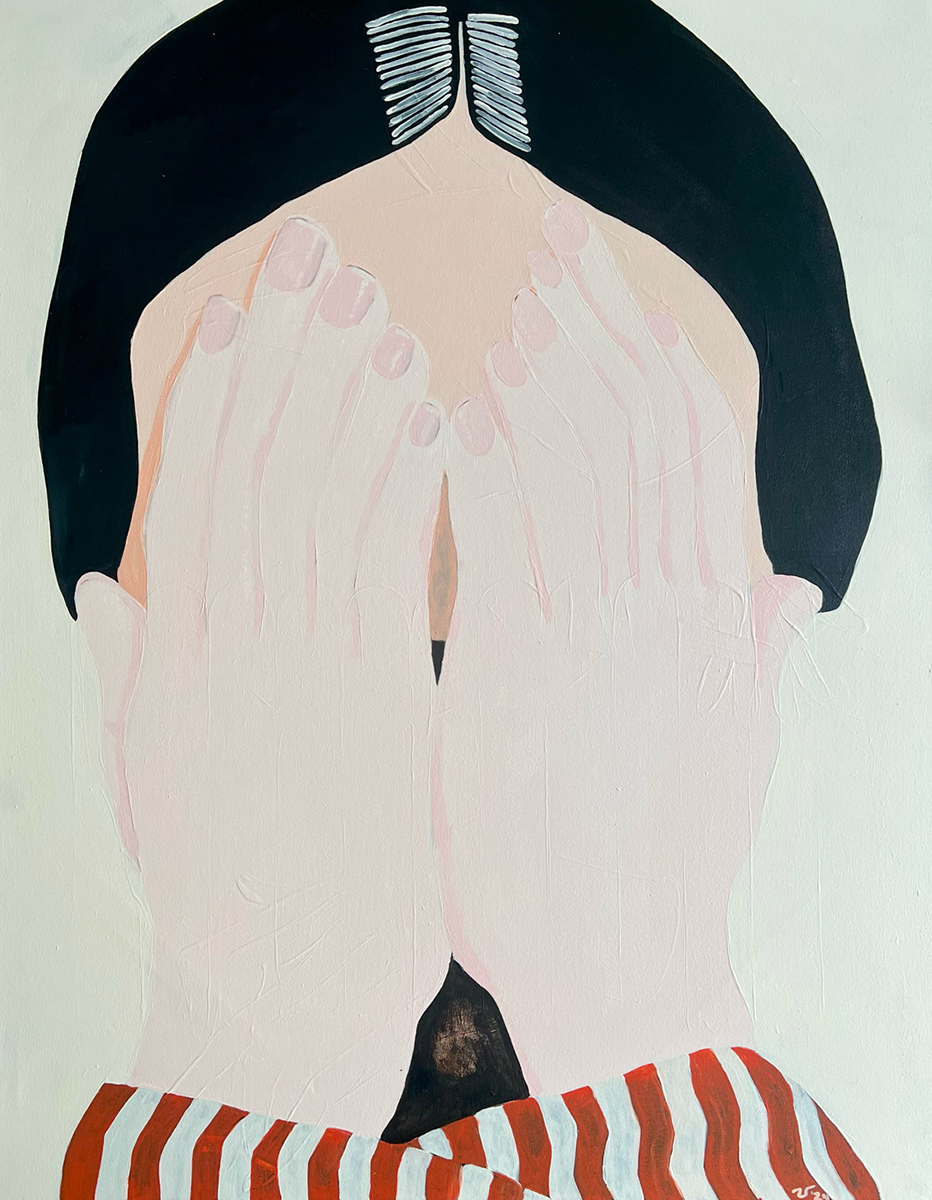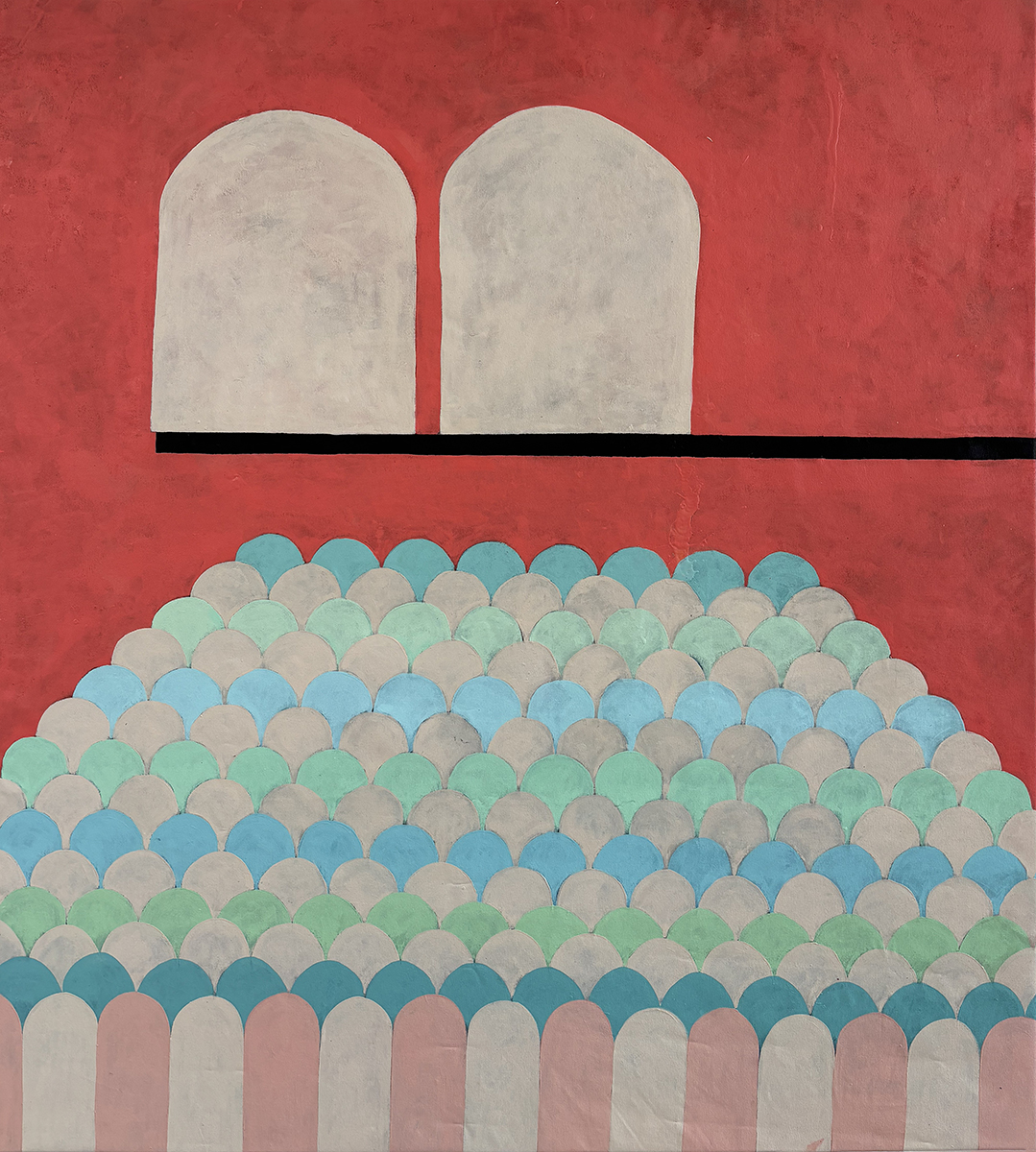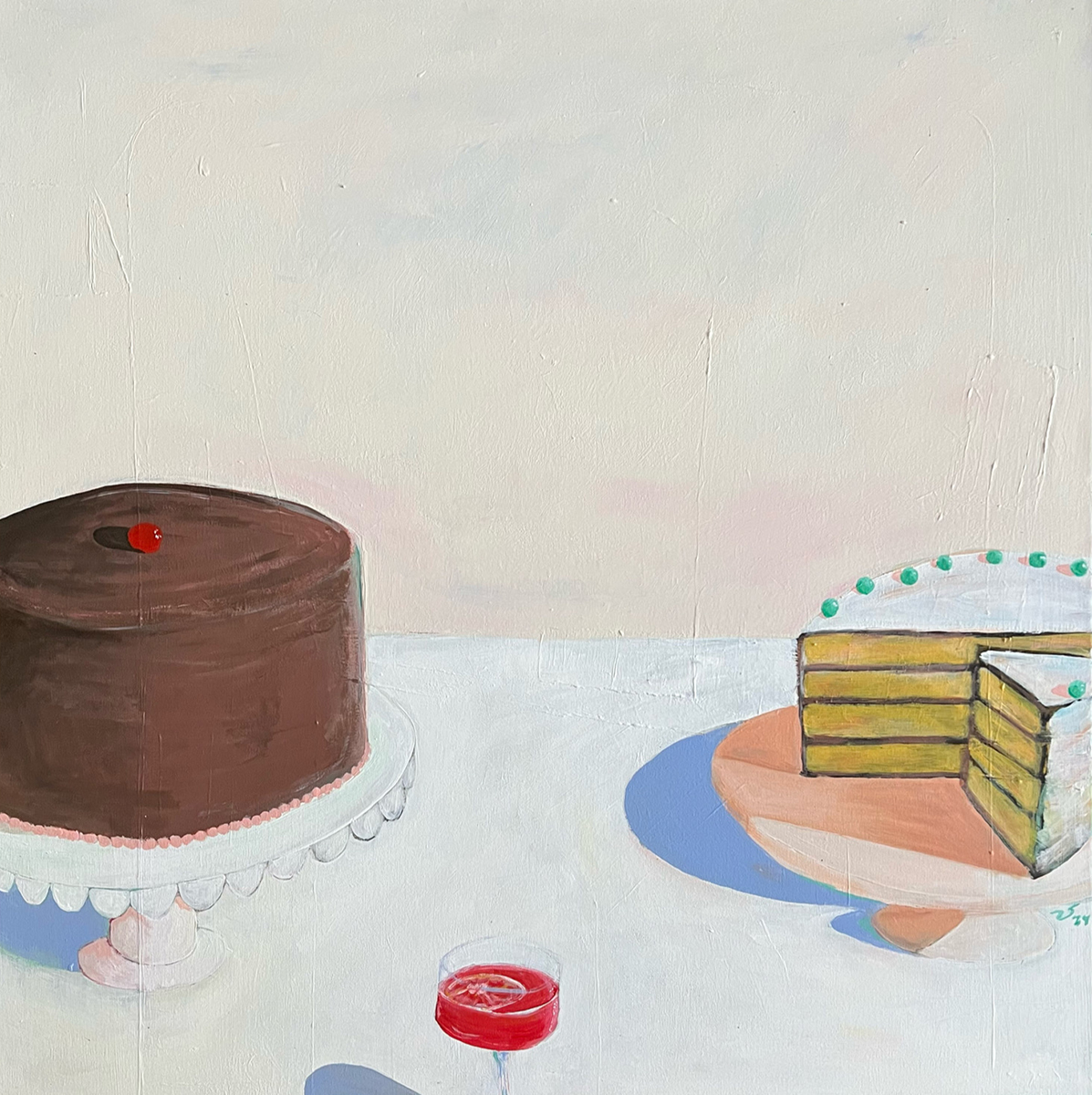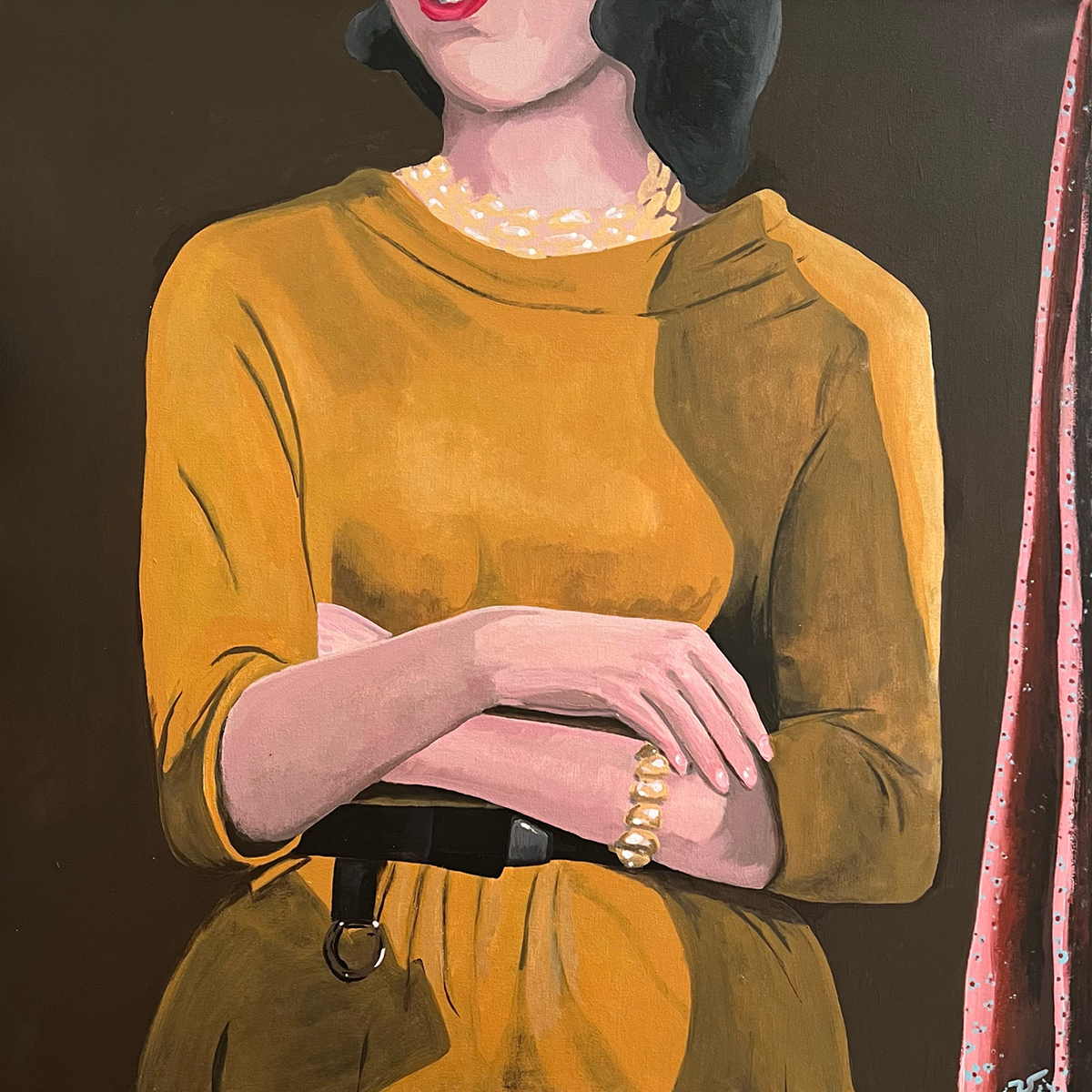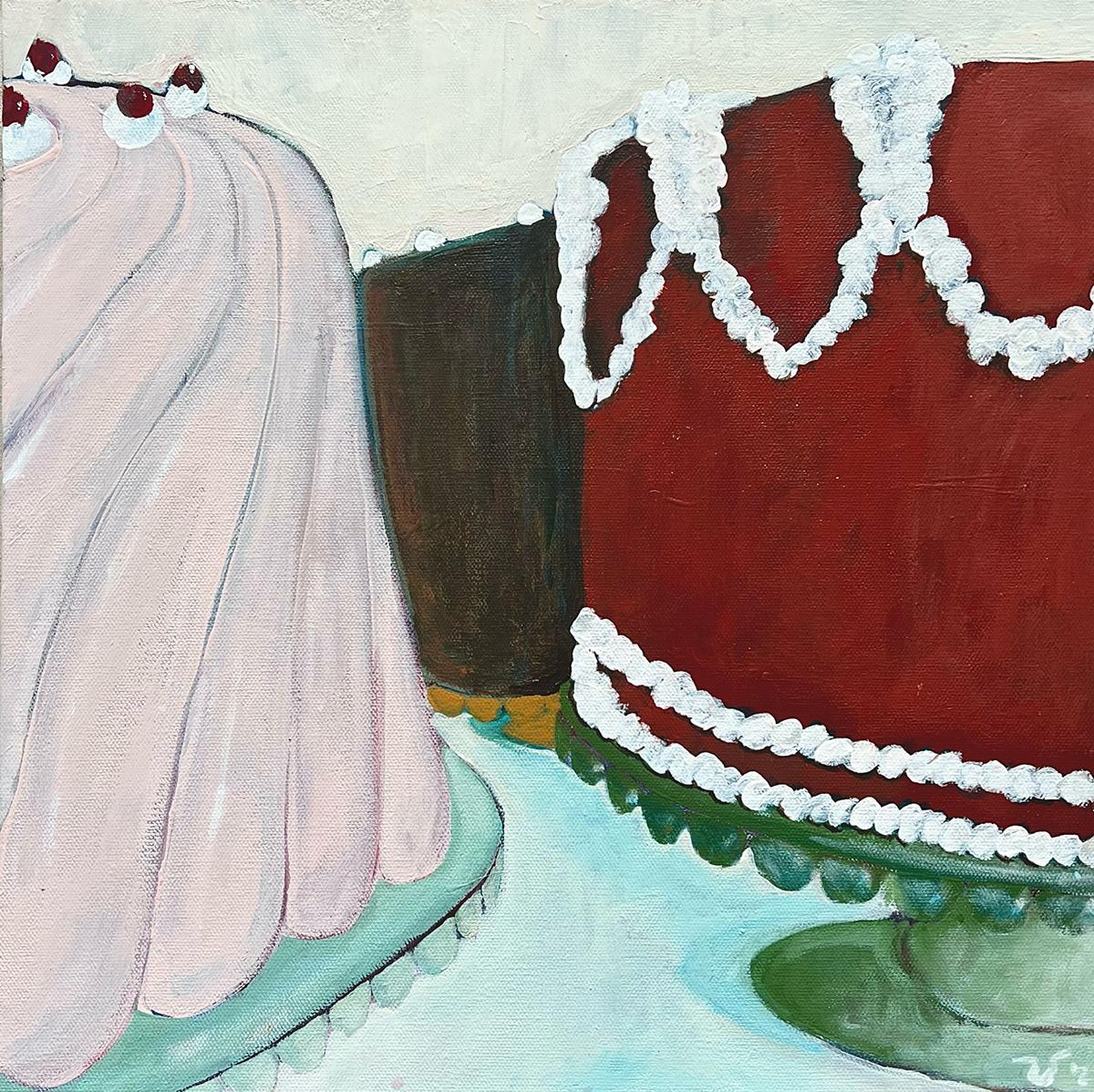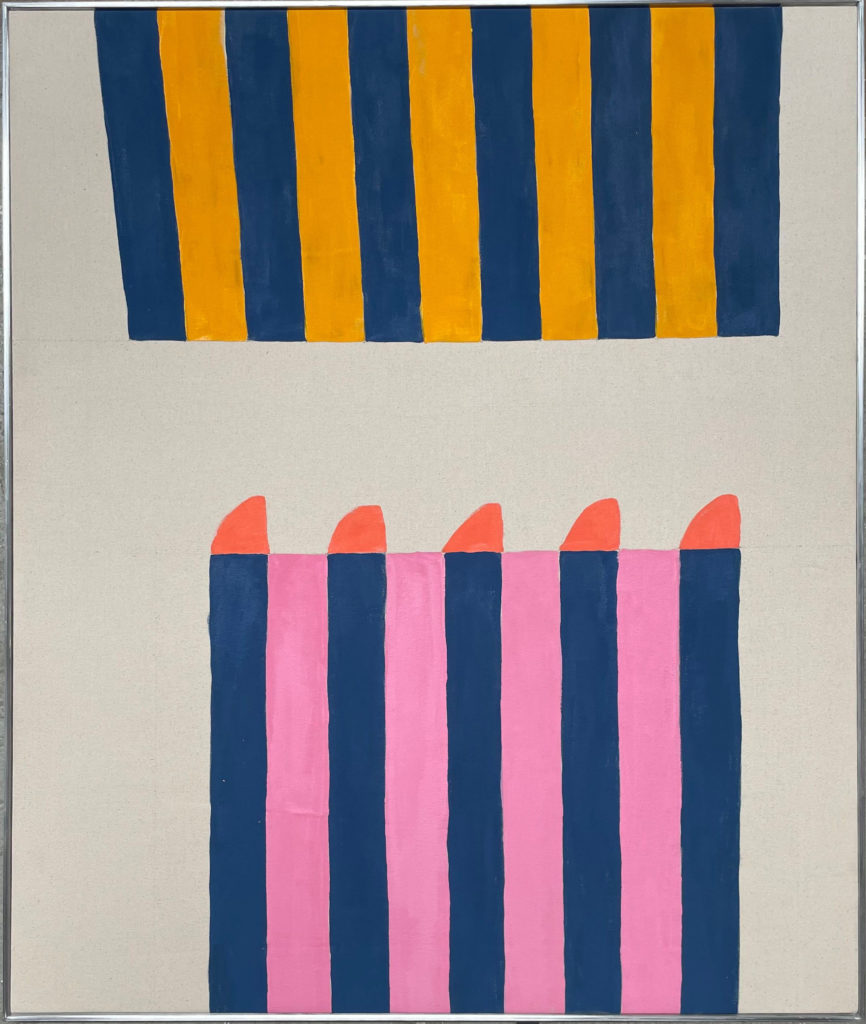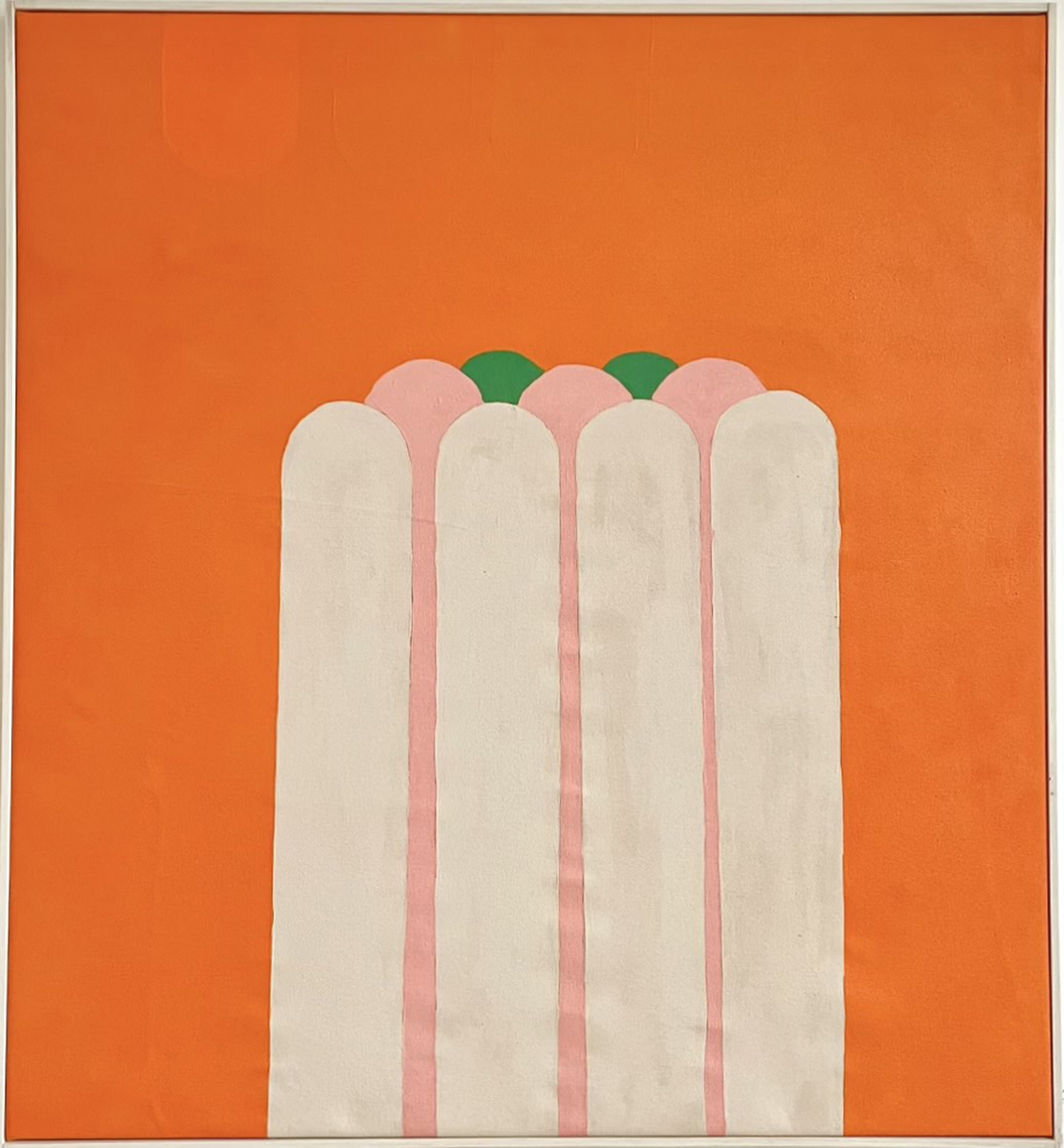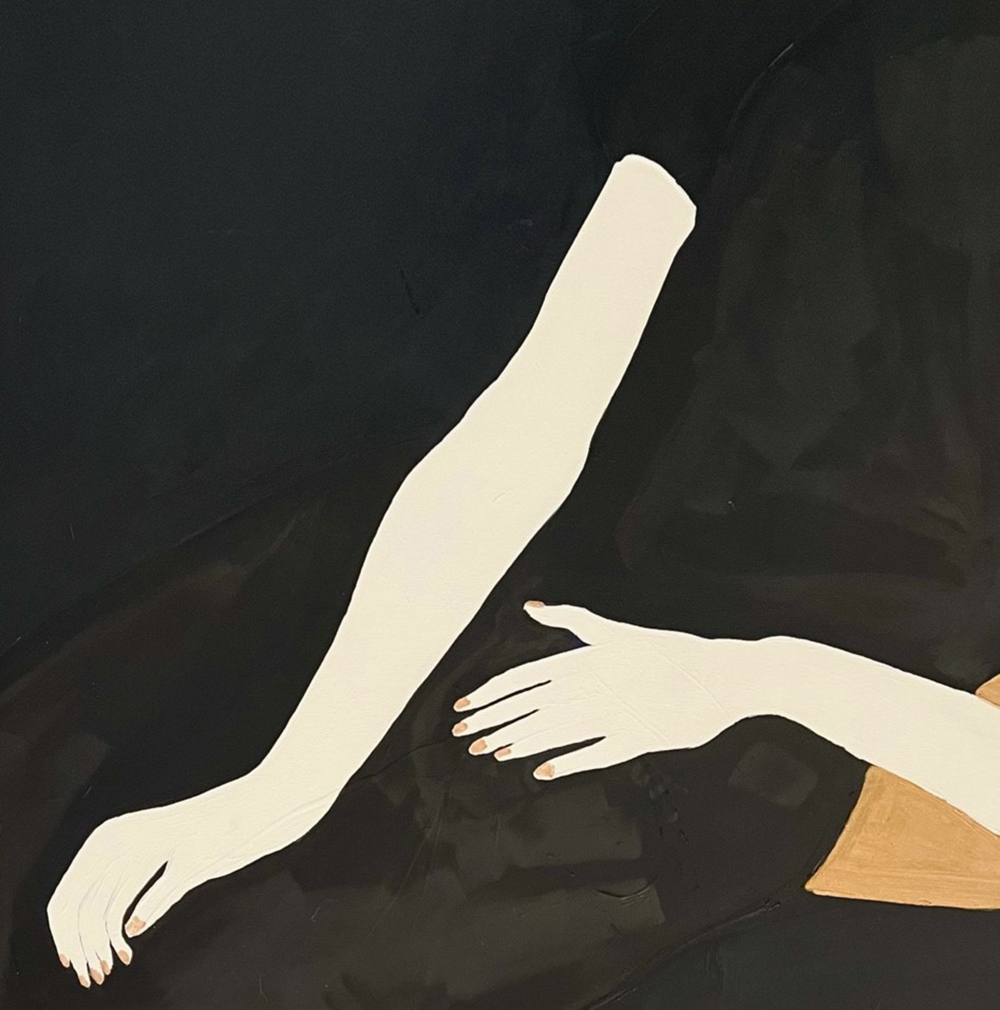Zachary Schomburg | Cake, Hands, and Light
Zachary Schomburg | Cake, Hands, and Light
August 17 - September 7, 2024
Artist Reception / Poetry Reading / Cake Party 3pm: September 7, 2024
Koplin Del Rio is pleased to present “Cake, Hands, and Light,” a pop-up exhibition of works by Portland-based writer, illustrator and painter, Zachary Schomburg. This is the artist's first solo show with the gallery. We were introduced to Zachary by longtime gallery artist David Bailin, who created a drawing inspired by Zach’s poem “The Fire Cycle” a few years back, and have been following / admiring his artwork & reading his words ever since. Comprised of a range of pictures from the artist's various series, this exhibition leans into light and color. We chose the tail end of August to exhibit these works together as a kind of colorful, bright and juicy ode to absorbing the remaining days of summer, and maybe holding onto its light and ease for a little while longer.
For the record, we will be keeping a tally throughout the duration of the exhibition on mentions of “Wayne Thiebaud.”
Zachary Schomburg on Cake, Hands, and Light
“I’ve been gifted with very terrible vision, so when I’m at the symphony (see “Unwasted Youth”), I like to take off my glasses and relax my eyes so that the musicians become colorful, juicy buttons of bouncing light. They move together, like bubbles in slowly thawing ice, a minty cloud of candies moving like starlings (I’m thinking now of “Pawn Cake”), a conveyor belt of twin-scoop ice cream cones, shadows of teeth, shadows of trees on streets, (now, “Pity the Mean”). When your vision abstracts the world for you, you can see everything is color blips of light.
Sometimes the light is cakes
When I was a grad student at the University of Nebraska, my second favorite painting at the Sheldon was Wayne Thiebaud’s “Salads, Sandwiches, and Desserts” (1962). I would bring my writing students to sit in front of it and we’d make it mean something. Meaning was important to me then. I would say, meaning isn’t in the painting (or any poem), but it’s in us. It’s not mined, but made. The meaning you make falls on the thing like a light, and then the thing lights up with that meaning. Now, when looking at his pictures, all I see is its light, the joy in the tints, the pastels, the playfulness of the color peeking up through the underpainting.
Painting cakes makes me happy, letting go of control, just moving the colors of the underpainting all around and around until all the color finally makes the cake. I also love the shapes of hands. They’re familiar and strange, quick and spidery, straight and round, soft and plump. In the last line of her poem called The Cart, Mary Ruefle says “They hold on to things. They let things go.” The most mysterious thing about a hand to me is how it’s nearly impossible to count the fingers on them. I can almost never know for sure. My pictures of hands on hand here belong to Alice Rahon as captured in a photograph by her friend, Frida Kahlo (“Rahon’s Hands”), and to two women sitting a table in a Larry Fink photograph (“Untitled,1972”). Sometimes the hands in my pictures are B’s, a gracious and willing hand model with beautiful hands that look nothing like the hands I painted from hers in “Sorry Head.”
And sometimes I like to paint from small sections of photographs. My picture, “Yellow Dress,” is from Fred Herzog’s “Bargain Shop, 1962” and “Yellow Shirt, Yellow Shorts” is from Vivian Maier’s “Chicago, 1975.” These dozen or so paintings collected here have only their light in common. By that, I mean, a lightness.
They’re a broad spectrum of my joyful experiments with acrylic, house paint, oil pastels, primed and raw canvas, paper, and archival board over the last 2-3 years. May you take off your glasses and let them light up.”

